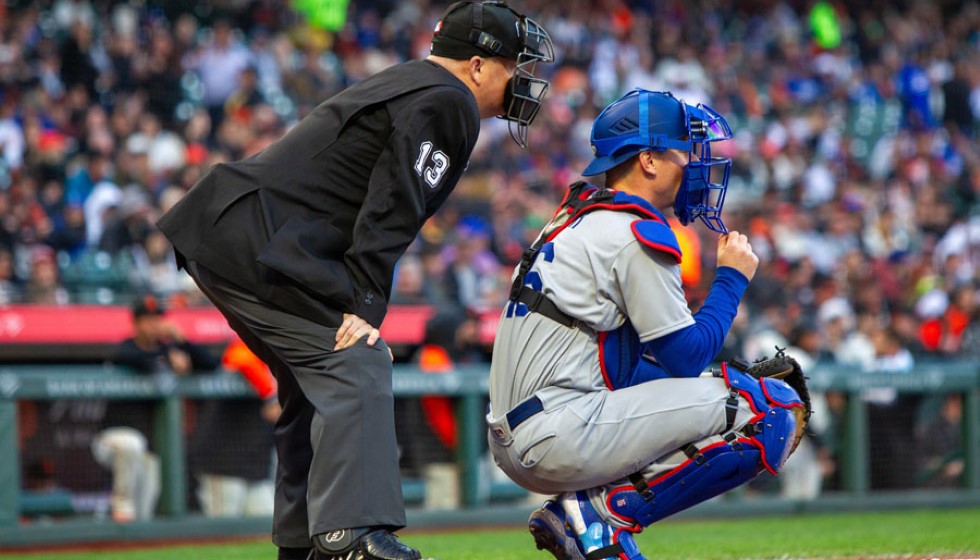
Trouble at Tropicana: Hurricane Milton's Mark on the Rays' Home Turf
As Major League Baseball's Tampa Bay Rays gear up for their next game, they do so amid concerns about the damage left in the wake of Hurricane Milton. Tropicana Field, their home since 1998, bore the brunt of the hurricane's fury, which made landfall as a Category 3 storm near Siesta Key. While the field's iconic domed roof—a marvel of modern architecture—was engineered to withstand winds of up to 115 miles per hour, the tempestuous weather dealt Tropicana Field a severe blow, underscoring the challenges faced by aging sports infrastructure in an era of increasingly volatile weather patterns.
The dome's roof, spanning six acres and uniquely upheld by 180 miles of cables and struts, suffered significant damage when wind gusts reportedly reached up to 101 mph. Despite its robust design featuring a slanted 6.5-degree angle and composed of Teflon-coated fiberglass, the structure could not escape nature's wrath, leading to visible damage to its cable-supported setup. The distinctive translucence that allows Florida’s sunshine to filter through this architectural giant was no match for the ferocity of Hurricane Milton.
Governor Rick DeSantis addressed the situation and provided assurances regarding the safety of personnel. "First responders had moved to a safe location prior to the storm's landfall and were not inside Tropicana Field when it sustained damage," he stated. This precautionary measure underscores the importance of safeguarding human life, even when significant property is at stake.
Further contributing to the urgency of repairs is the historical significance of Tropicana Field, which has not only been home to the Rays but has also hosted a myriad of events beyond baseball. Ever since its inception, the venue has been a bustling hub of activity, integral to the community and the sporting world.
Hurricane Milton's aftermath highlighted the critical need for infrastructure resilience. Despite the roof's careful design, the true testament to its strength was tested during the storm, prompting discussions about the future of the stadium. Fortunately, mitigation efforts were already underway before the storm struck. Tropicana Field was designated as a base camp for emergency responders, amplifying its role in community safety and support. Thankfully, by the time the hurricane hit, contingency plans ensured that emergency personnel were situated in safer areas.
The financial implications of the extensive damage cannot be overlooked. Earlier this year, Pinellas County commissioners had already approved public funding for a new Rays ballpark, perhaps foresight that has become even more pertinent post-hurricane. With vast segments of Tampa Bay's population—nearly 2 million residents—experiencing power outages and St. Petersburg witnessing over 16 inches of rainfall within a mere 24 hours, the broader community impact has been significant.
The community's resilience and the Rays' dedication to their fans remain steadfast. As the fallout from Hurricane Milton continues to unfold, the narrative surrounding Tropicana Field serves as a testament to the intertwined fates of sports and the communities they represent. It reminds us, too, of the constant balance between preserving the past and embracing the necessary changes to ensure safety and sustainability for the future.